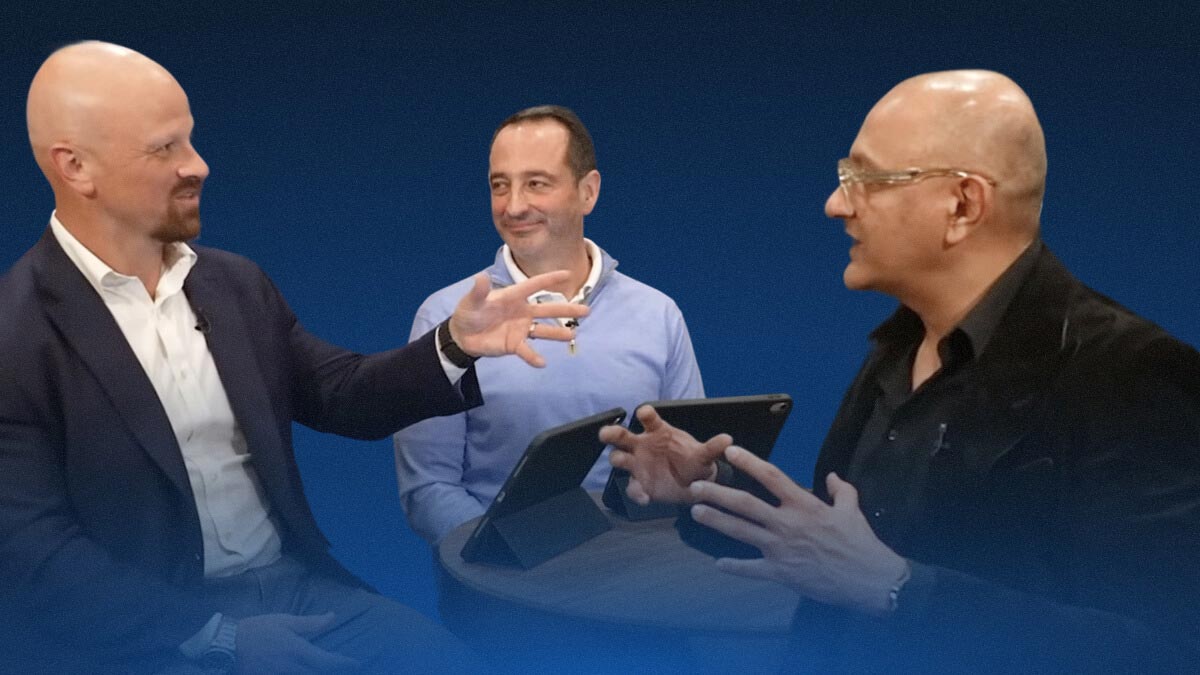AUSTIN, TX., June 11, 2002 - From large companies such as Cisco Systems to small communities like Sanderson-high-speed, always-on broadband Internet access is key to competing in today's marketplace. Sanderson, known as the "Cactus Capital of Texas", is one of seven communities highlighted in a policy research project and new website (www.lonestarbroadband.org) unveiled at a meeting of community policy-making and industry leaders who convened today in Austin to discuss ways that small communities and rural areas across Texas can take advantage of the economic opportunities offered by broadband access.
LoneStar Broadband is the work of graduate students at the Lyndon B. Johnson School of Public Affairs at the University of Texas at Austin, and is designed to serve as connectivity toolkit for under-served communities in Texas. The project and Web site were sponsored by the Public Utility Commission of Texas (PUC). Other communities highlighted include Big Spring, Burleson County, Harlingen, Kerrville, Kilgore, and La Grange.
Michael J. Weir, a director of the Internet Business Solutions Group of Cisco Systems, joined with Sally Rawlins, a small business owner from Sanderson, to discuss the unique challenges and opportunities with providing broadband access to smaller and rural communities in Texas.
Also joining in the discussion were PUC Commissioner Brett Perlman; Dirk Jameson, executive director of the Texas Telecommunications Infrastructure Fund (TIF); and Gary Chapman, director of The 21st Century Project at the LBJ School. The event was hosted by TechNet and AeA - two trade organizations representing high-tech companies -- Cisco Systems and the LBJ School.
"When we first started in 1998, it was like starting from scratch," said Rawlins. "There very few tools for a rural community like ours to use. Working with other community leaders and with help from TIF, we were able to create a local network that enables anyone in the community to have access to high-speed Internet access. LoneStar Broadband is a wonderful tool for those communities just starting out."
"Competing in today's global marketplace presents challenges and great opportunities not only for large companies but also for smaller businesses and communities. Broadband enables communities to take advantage of those opportunities," said Weir. "Working together, community leaders, policy-makers, higher education and private industry can help towns and small cities across the state can use broadband to compete successfully close to home and around the world."
Texas was one of the first states in the U.S. to recognize the value of high-speed Internet connections-and financially back its development.. Since 1995, Texas has spent almost $1 billion from the TIF to bring computers and broadband connections into schools, libraries, hospitals, colleges, universities, and communities. It appears the effort is paying some dividends.
The PUC estimates that in December 1999 there were 125,000 broadband subscribers in Texas. As of June 2001, there were 600,000 subscribers-an amazing 380 percent increase in two and a half years. Still, in a state with 10 million phone lines and 20 million people, where 14 million Texans have computers and 12 million use the Internet, many Texans and Texas businesses have yet to take advantage of the productivity, customer service, communications, and other opportunities that broadband can drive.
"I believe Texas has a tremendous stake, economically and socially, in making sure that every community has access to broadband," said Perlman. "At issue is the best approach for making certain that happens, how to pay for it and what is the appropriate role for the public and private sectors in leading the charge."
Jameson said, "We have made great strides in Texas, but it is obvious that even more is needed so that we do not lose our competitive edge here in Texas. That takes commitment, diligence and hard work on everyone's part."
About 75 percent of current Texas broadband subscribers use cable modems; about 24 percent use telecommunications-based technologies, such as Digital Subscriber Lines (DSL), and the remaining one percent use satellite technologies. When broken down into business and residential customer categories, DSL is the overwhelming choice for businesses (75 percent) and cable the overwhelming choice for residential customers (also 75 percent).
"This project demonstrates broadband access is something more than the ability to download pages faster from Internet," noted Chapman. "To a small business owner, it can mean selling all over the world. To a high school science class in a remote community, it can mean access to the knowledge and insight of a Nobel scientist. To a cancer patient, it can mean better healthcare from the best doctors from around the world. And, www.lonestarbroadband.org is a comprehensive tool that can help communities find their way to this high-speed, always-on Internet world."
For the citizens of Sanderson, it might even mean becoming the cactus capital of the world - not just Texas.



